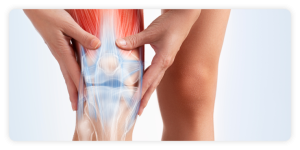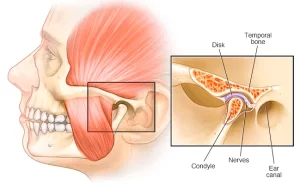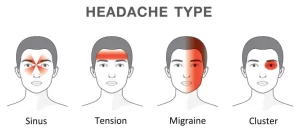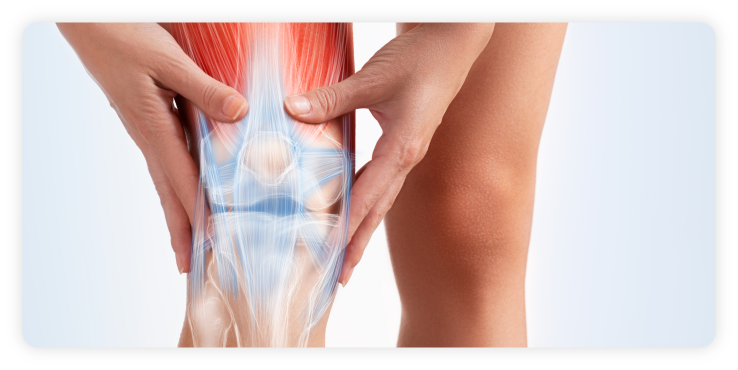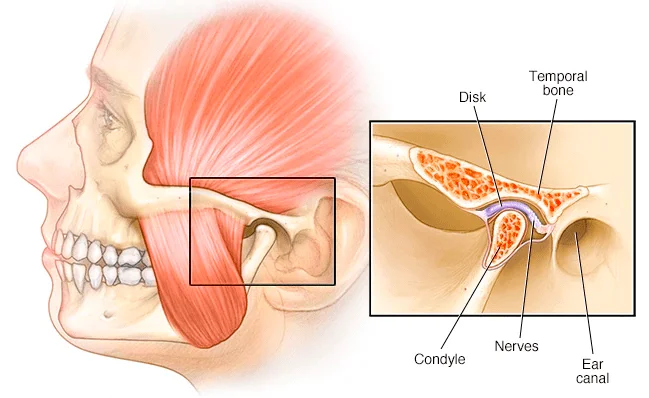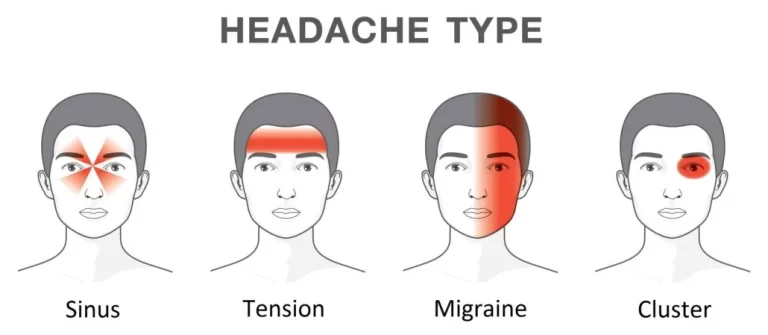Muscle Anatomy
A muscle is a group of soft tissues which contract together to produce a force. A muscle consists of muscle cell fibers surrounded by protective tissue. Each skeletal muscle fiber is a single cylindrical muscle cell. An individual skeletal muscle may be made up of hundreds or even thousands, of muscle fibers bundled together and wrapped in a connective tissue covering. Each muscle is surrounded by a connective tissue sheath called the epimysium. The fascia, a layer of connective tissue outside the epimysium, surrounds and separates the muscles, allowing each part to slide and function better. Portions of the epimysium project inward to divide the muscle into compartments. Each compartment contains a bundle of muscle fibers. Each bundle of muscle fiber is called a fasciculus and is surrounded by a layer of connective tissue called the perimysium. This layer allows nerves and blood to flow to the individual fibers. Within the fasciculus, each individual muscle cell, the muscle fiber, is surrounded by connective tissue called the endomysium.
Skeletal muscles have an abundant supply of blood vessels and nerves. This is directly related to the primary function of skeletal muscle, contraction. Before a skeletal muscle fiber can contract, it has to receive an impulse from a nerve cell. Generally, an artery and at least one vein accompany each nerve that penetrates the epimysium of a skeletal muscle. Branches of the nerve and blood vessels follow the connective tissue components of the muscle of a nerve cell and with one or more minute blood vessels called capillaries.
Reflected in the image is the structure of the voluntary which are those muscles of which we can control the action or movement and that we voluntarily activate when we need to perform an action.
In comparison, involuntary muscles also known as white muscles or smooth muscles are muscles in the human body whose contraction is controlled by the autonomic nervous system. These muscles are present in the walls of the digestive system, blood vessels, bronchi, uterus, and bladder.

